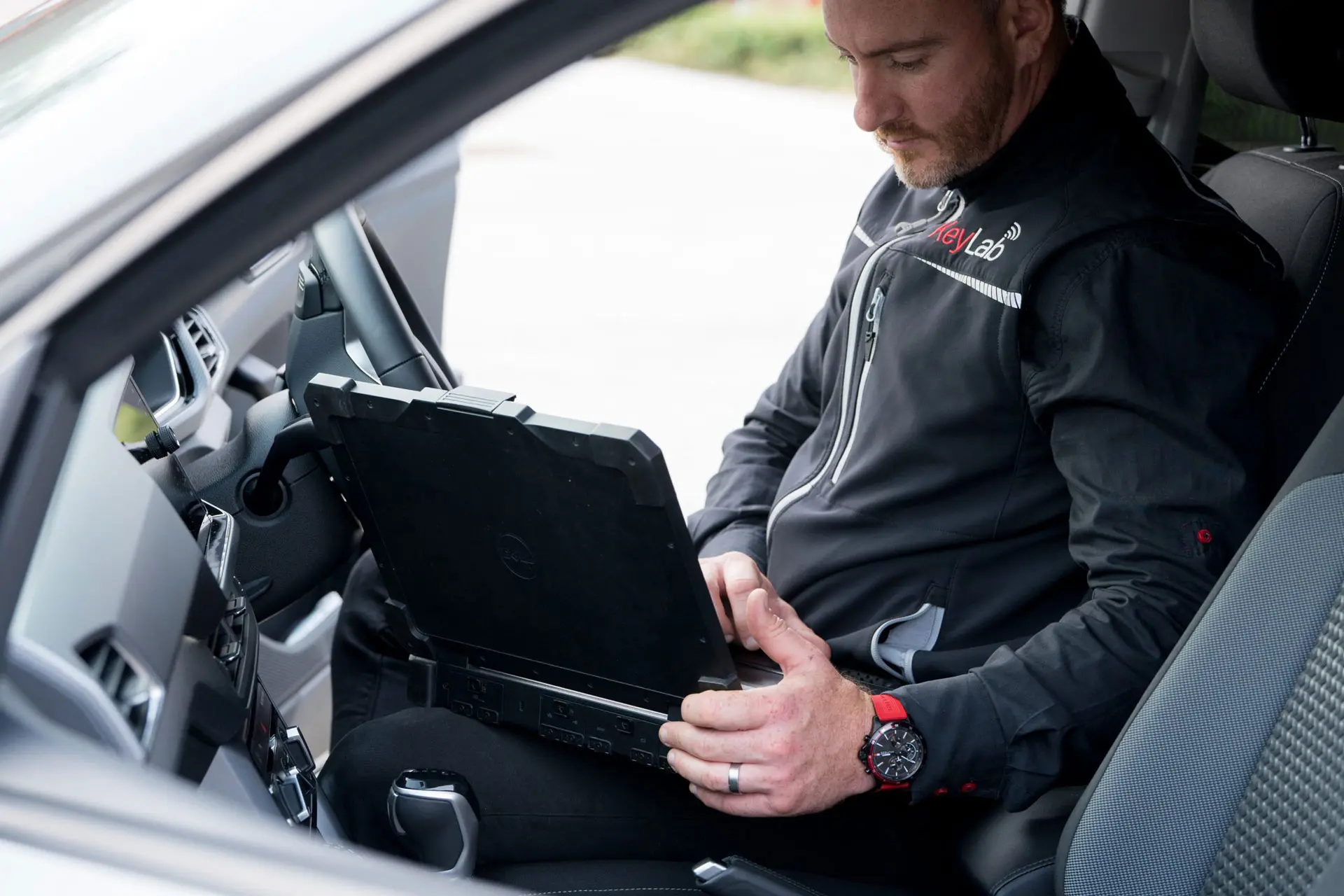The 10 Most Worst Door Lock Repair Mistakes Of All Time Could Have Been Prevented
Comprehensive Guide to Car Door Lock Repair: Troubleshooting and Solutions
The integrity and performance of a vehicle's door locks are essential for both the security of the car and the safety of its occupants. Car door locks can experience a range of issues, ranging from minor mechanical glitches to complete failures. This article seeks to supply a useful introduction of car door lock repair, laying out common issues, diagnostic procedures, and solutions.
Understanding Car Door Locks
Before diving into repair procedures, it is important to comprehend the parts of a normal car door lock. There are 2 main types of locks: mechanical and electronic.
Components of a Car Door Lock System
- Lock Cylinder: The part where the key is inserted.
- Latches: Mechanisms that hold the door shut.
- Actuator: Electric motor in electronic locks that assists in locking and unlocking.
- Linkage: Connects the lock cylinder to the lock.
- Remote Key Fob: In electronic systems, this is utilized to lock and unlock the doors from a distance.
Typical Issues with Car Door Locks
Car door locks can stop working for a wide variety of reasons. Here are some common issues experienced by vehicle owners:
- Sticking or Frozen Locks: Especially in winter, locks can become tough to run.
- Lock Not Engaging or Disengaging: Both mechanical and electronic locks can deal with issues where they do not react to the key or remote.
- Key Jams: The key may get stuck in the lock, making it impossible to lock or unlock the door.
- Remote Malfunction: In electronic systems, the key fob may not work due to battery concerns or programming problems.
- Physical Damage: Vandalism or accidents can damage the lock mechanism.
Fixing Car Door Lock Issues
When a car door lock is not working correctly, it is necessary to detect the problem precisely before proceeding with a repair. Below are steps that can help repair the issue:
Step-by-Step Troubleshooting
Visual Inspection:
- Check the door lock and surrounding components for noticeable damage.
- Analyze the key for wear and tear.
Check the Key:
- If the lock is sticking or not engaging, try using an extra key if offered.
- Ensure the key is clean from dirt and debris.
Inspect the Actuator:
- Listen for any sounds when pressing the key fob. A clicking sound might suggest a malfunctioning actuator.
Inspect Door Wiring:
- Check the circuitry that links the door lock to the vehicle's electrical system.
- Try to find disconnected or torn wires.
Temperature level Influence:
- If the lock is sticking in winter, use lithium grease to help lubricate the system.
Fixing Common Door Lock Issues
Once the issue has actually been diagnosed, the repair can start. Here are some typical repair methods for different concerns:
Fixing a Sticking or Frozen Lock
- Cleaning: Use a graphite lubricant or silicone spray to clean and oil the mechanism.
- Heating: If frozen, utilize a hairdryer to warm the location around the locking mechanism carefully, preventing overheating.
Repairing a Lock Not Engaging/Disengaging
Lock Cylinder Replacement:
- If the lock cylinder is worn, consider changing it. This frequently includes prying off the door panel to access the lock system.
Actuator Replacement:
- For electronic locks, if the actuator is malfunctioning, it will need replacement. Make certain to disconnect the battery before attempting this repair.
Fixing a Jammed Key
- Extraction Tool: If a key is stuck, utilize a pair of needle-nose pliers to gently pull it out, or a key extractor.
- Lock Lubrication: Apply a percentage of lube to alleviate the process.
Remote Key Fob Malfunction
- Battery Replacement: Most remotes have replaceable batteries. Follow the manufacturer's guidelines to change the battery.
- Reprogramming: Sometimes, the remote needs to be reprogrammed. Refer to the vehicle's handbook for steps to reprogram the key fob.
Physical Damage Repairs
- Door Lock Assembly Replacement: If the lock is physically damaged, total replacement of the lock assembly may be needed.
- Expert Help: If not sure about DIY repairs, look for support from a certified mechanic.
Maintenance Tips for Car Door Locks
To prolong the life of car door locks, regular upkeep is essential. The following practices can assist keep ideal efficiency:
- Regular Lubrication: Apply appropriate lube to the locks every couple of months.
- Keep Keys Clean: Regularly tidy the car keys to prevent dirt accumulation.
- Prevent Excessive Force: Do not utilize excessive force when locking or opening; this can trigger damage gradually.
- View for Signs of Wear: Be mindful to any changes in the lock's efficiency and address issues quickly.
Frequently Asked Questions about Car Door Lock Repair
Q: How can I inform if my door lock is broken?A: Common
indications consist of the lock not engaging or disengaging, a jammed key, sounds from the door when using the key fob, or noticeable damage to the lock assembly.
**Q: Can I repair a car door lock myself?A: Yes, numerous simple concerns can be dealt with by following the fixing steps in this post, but complicated issues may require expert assistance. Q: What type of lube ought to I use
**for my locks?A: It is best to utilize graphite powder or silicone-based lubricants since oil can draw in dirt and gunk. Q: How much does it generally cost to replace a car door lock?A: The cost can vary extensively
based on the vehicle's make and design, however typical replacement costs
can range from ₤ 100 to ₤ 300, consisting of labor. keyless entry battery replacement can seem overwhelming, but understanding the components and typical concerns can make the procedure far more workable. Whether tackling little repairs yourself or seeking professional assistance for more substantial problems, keeping the door locks functioning appropriately is essential for vehicle security and safety. Routine maintenance and prompt attention to problems can substantially extend the life of your car's locking system.  ****
****